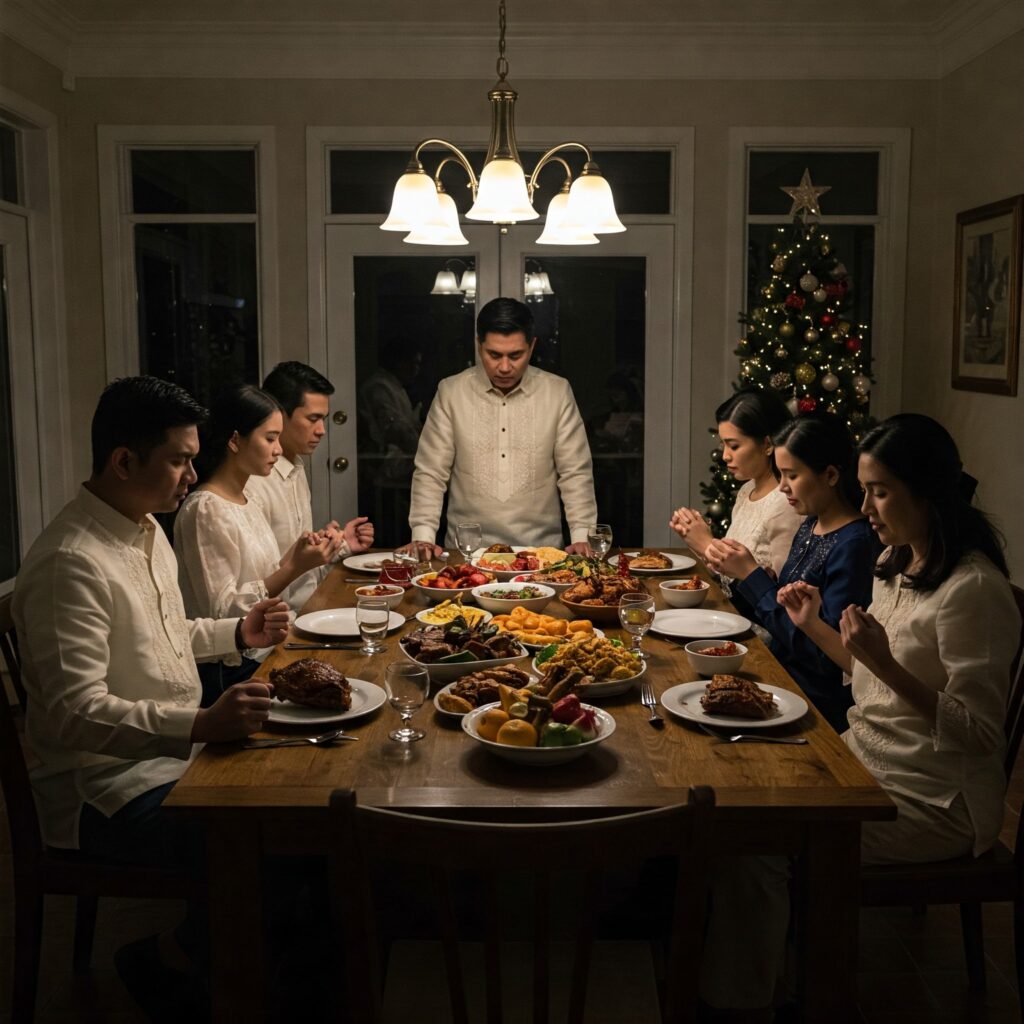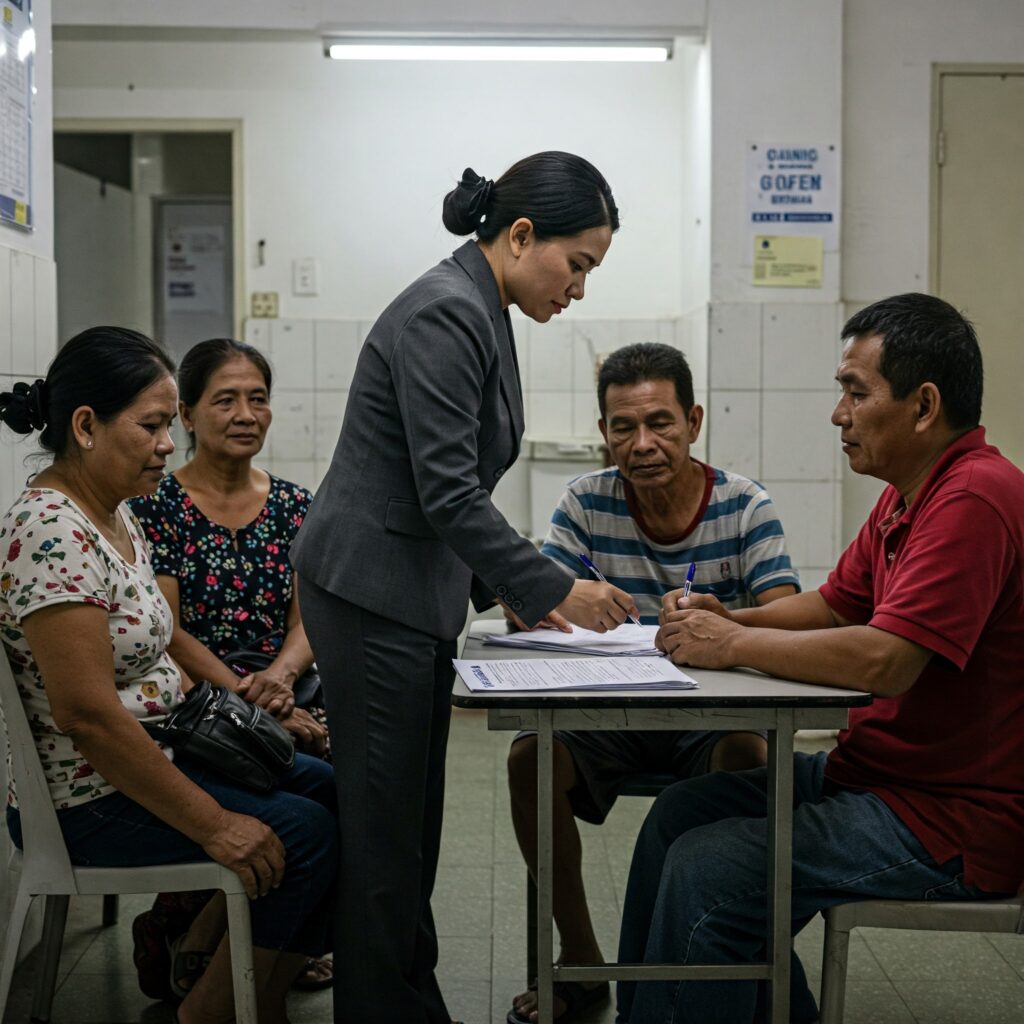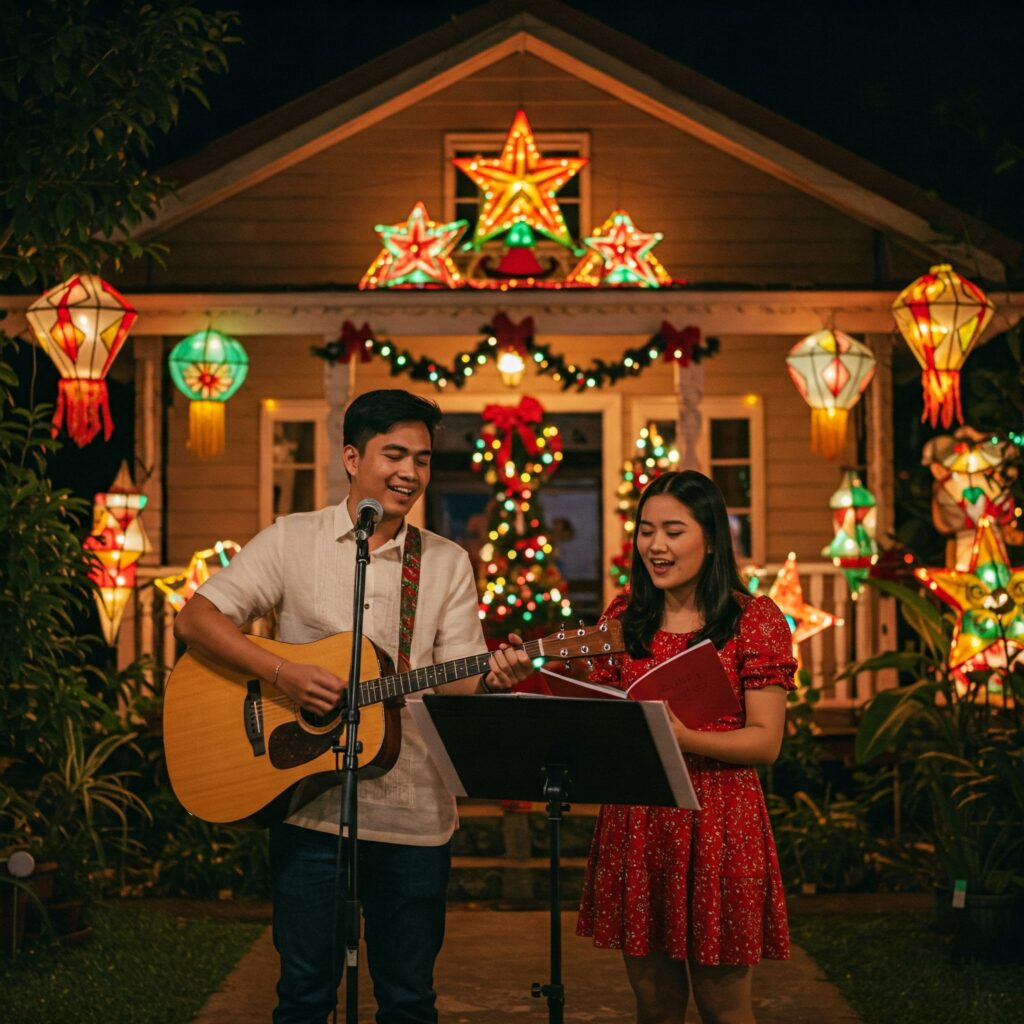The air crackles with excitement, the aroma of delicious food wafts through the house, and joyous laughter fills every corner. No, it’s not just Christmas Day in the Philippines – it’s Noche Buena! This cherished Filipino tradition of a midnight feast on Christmas Eve is a testament to the country’s unique blend of culture, faith, and a whole lot of love for food.
So, buckle up, my friends, and join me on a mouthwatering journey into the heart of Filipino Noche Buena. We’ll uncover the origins of this festive tradition, explore the must-have dishes that grace every Filipino table, and discover the heartwarming customs that make this night so special.
A Glimpse into the Past: The Story Behind Noche Buena
The tradition of Noche Buena has deep roots in the Philippines’ Spanish colonial past. The word “Noche Buena” itself is Spanish for “Good Night,” referring to Christmas Eve. During the Spanish colonial era, Filipinos would attend midnight mass, known as “Misa de Gallo” (Rooster’s Mass), and then return home to a festive meal.
This tradition has evolved over time, blending Spanish influences with indigenous Filipino customs. Today, Noche Buena is a unique and vibrant celebration that reflects the warmth, hospitality, and joyous spirit of the Filipino people.
The Feast Begins: Must-Have Noche Buena Dishes
Now, let’s get to the heart of the matter – the food! Noche Buena is a grand affair, with tables laden with an array of delectable dishes. From savory roasts to sweet treats, there’s something to tickle everyone’s taste buds.
Lechon: The Star of the Show
No Noche Buena is complete without lechon, the undisputed king of Filipino feasts. This whole roasted pig, with its crispy skin and juicy meat, is a sight to behold and a flavor to savor. Whether it’s cooked over charcoal or in a modern oven, lechon is a symbol of abundance and celebration.
Queso de Bola: A Festive Tradition
This iconic ball of Edam cheese, coated in red wax, is a staple on every Noche Buena table. Its rich, salty flavor pairs perfectly with the sweet and savory dishes of the feast. Traditionally, Filipinos would slice the top of the cheese ball and scoop out the creamy center with bread or crackers.
Hamon: Sweet and Savory Delight
Another Christmas classic is the Christmas ham, or “hamon.” This cured ham, glazed with a sweet and tangy pineapple sauce, is a crowd-pleaser. The combination of salty ham and sweet glaze is a match made in heaven.
Pancit: A Symbol of Long Life
Noodles are a symbol of long life in Filipino culture, making pancit an essential part of any celebration. There are countless varieties of pancit, each with its own unique flavors and ingredients. Whether it’s the stir-fried Pancit Canton or the saucy Pancit Palabok, noodles are a must-have on the Noche Buena table.
Lumpia: A Festive Finger Food
These crispy spring rolls, filled with a savory mixture of meat and vegetables, are a popular appetizer or snack. Lumpia is a versatile dish that can be customized to suit any taste. Whether you prefer the fresh spring rolls or the deep-fried variety, lumpia is a delicious and festive treat.
Sweet Endings: Desserts Galore
No Filipino feast is complete without a sweet ending. Noche Buena is no exception, with a tempting array of desserts to satisfy any sweet tooth.
- Fruit Salad: This refreshing dessert, made with a medley of tropical fruits, is a staple on Filipino tables. The sweetness of the fruits is balanced by the creamy dressing, making it a perfect way to end the meal.
- Leche Flan: This rich and creamy custard, topped with caramel sauce, is a classic Filipino dessert. Its smooth texture and sweet flavor are a delight to the senses.
- Buko Pandan: This refreshing dessert, made with young coconut and pandan leaves, is a tropical treat. The combination of sweet coconut and fragrant pandan is a match made in heaven.
- Quezo de Bola Cheesecake: This modern twist on a classic dessert combines the rich, salty flavor of queso de bola with the creamy sweetness of cheesecake. It’s a unique and festive dessert that’s sure to impress.
Beyond the Food: Noche Buena Traditions
Noche Buena is more than just a feast; it’s a time for family, friends, and loved ones to come together and celebrate the spirit of Christmas. There are many heartwarming traditions associated with Noche Buena that make it a truly special occasion.
Simbang Gabi: A Nine-Day Novena
In the days leading up to Christmas Eve, Filipinos attend a series of dawn masses known as “Simbang Gabi.” This nine-day novena is a time for reflection, prayer, and preparation for the birth of Jesus Christ. After each mass, families would gather for breakfast, enjoying traditional Filipino delicacies like bibingka (rice cake) and puto bumbong (sticky rice cooked in bamboo tubes).
Aguinaldo: Gift-Giving Tradition
After the Noche Buena feast, children would eagerly await the “aguinaldo,” or gifts, from their elders. This tradition is a symbol of love and generosity, and it brings joy to children and adults alike.
Family Reunions: Strengthening Bonds
Noche Buena is a time for families to reunite and strengthen their bonds. Relatives from near and far would gather to share a meal, exchange stories, and create lasting memories. The festive atmosphere is filled with laughter, love, and the spirit of togetherness.
Karaoke: Singing the Night Away
No Filipino gathering is complete without karaoke! After the feast, families and friends would belt out their favorite tunes, creating a lively and entertaining atmosphere. Karaoke is a beloved pastime in the Philippines, and it’s a fun way to bond with loved ones.
Noche Buena: A Celebration of Filipino Culture
Noche Buena is a testament to the rich and vibrant culture of the Philippines. It’s a time for families and friends to come together, celebrate their faith, and share their love for food and traditions. Whether you’re a Filipino or simply curious about this festive tradition, I invite you to experience the magic of Noche Buena.
So, gather your loved ones, prepare a feast, and create your own Noche Buena memories. From our table to yours, Maligayang Pasko! (Merry Christmas!)
Disclaimer: While we strive to ensure the accuracy of the information presented in this blog, culinary traditions can vary across regions and families. Please consider this a general guide to Filipino Noche Buena. If you spot any inaccuracies, we would appreciate it if you could report them to us so we can correct them promptly.




